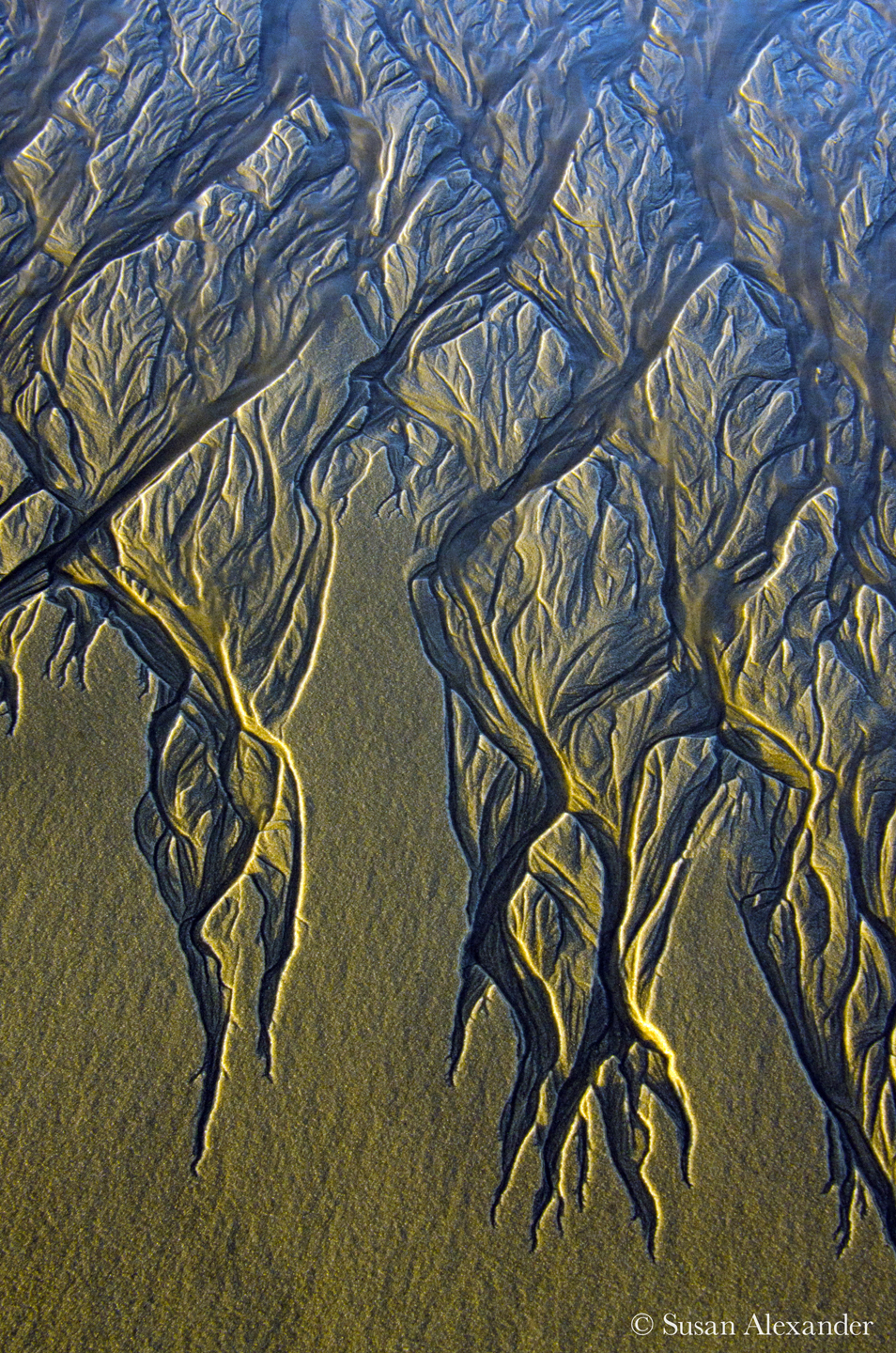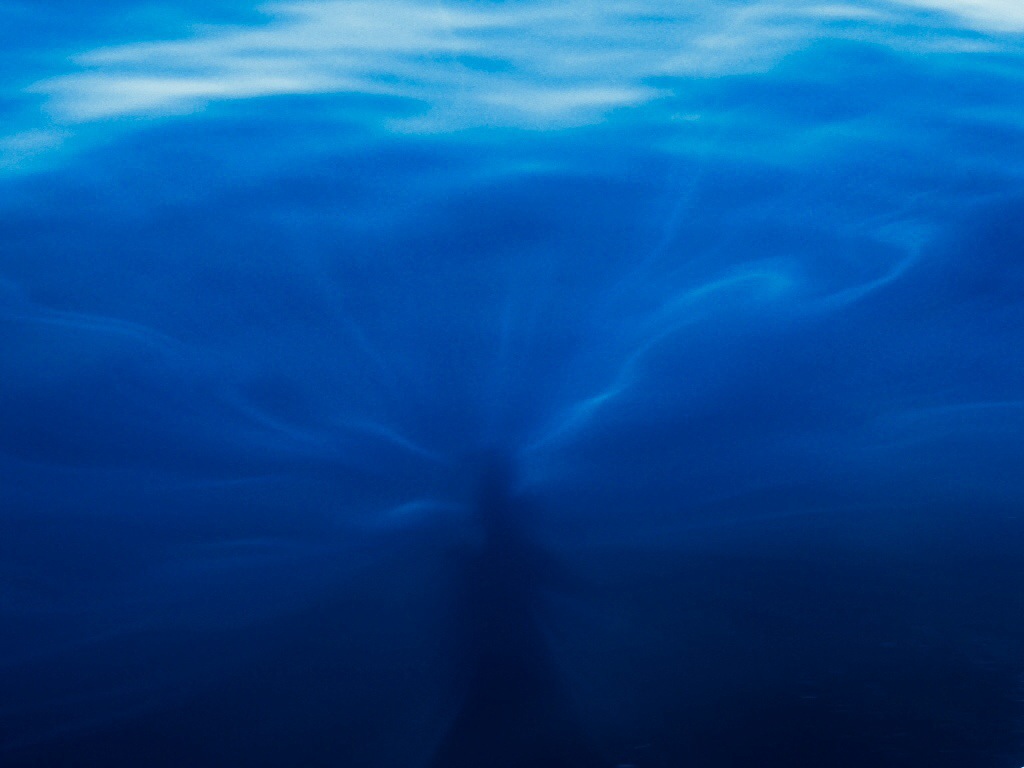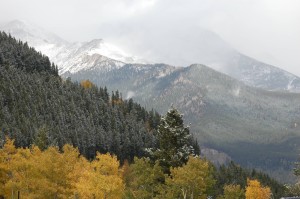 Teddy Roosevelt said, “I have always said I would not have been President had it not been for my experience in North Dakota.” I would not have my environmental perspective had it not been for these 5 places. As an environmental professional, I work to create a balance between a clean beautiful natural environment, human health, useable land, and productive facilities. Therefore, my Top 5 environmentally influential places are the following.
Teddy Roosevelt said, “I have always said I would not have been President had it not been for my experience in North Dakota.” I would not have my environmental perspective had it not been for these 5 places. As an environmental professional, I work to create a balance between a clean beautiful natural environment, human health, useable land, and productive facilities. Therefore, my Top 5 environmentally influential places are the following.
1. Southwestern and Central Pennsylvania, for its geology and geography. The old rocks, rolling hills and valleys, the landslides, the coal. It’s where I developed an appreciation for earth sciences. First, on my own spending time in those hills and valleys and second. Second, it’s where I studied geology at Penn State University.

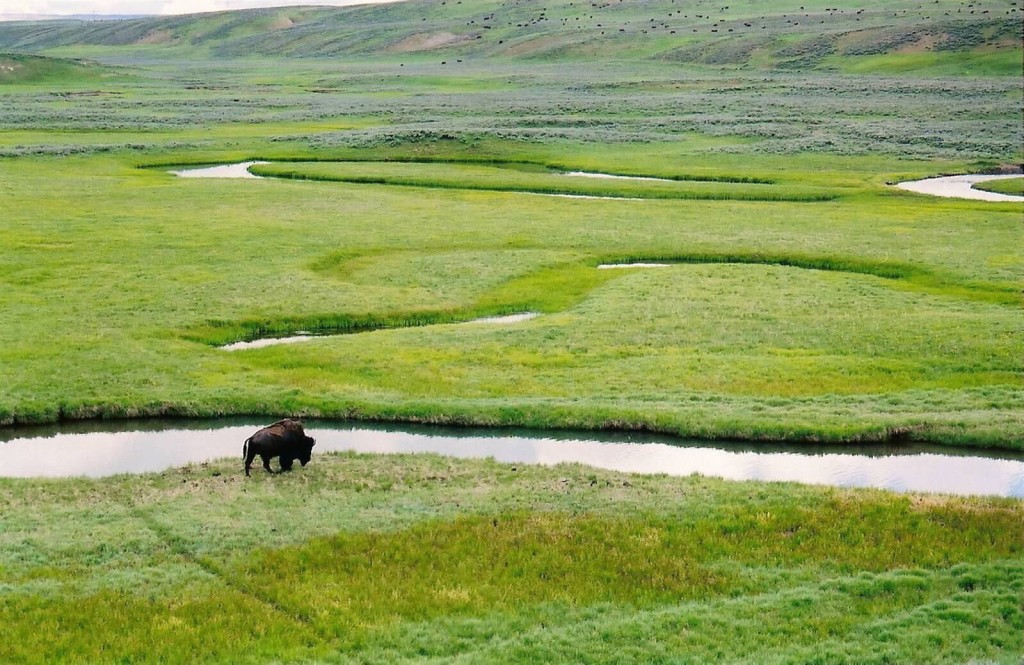

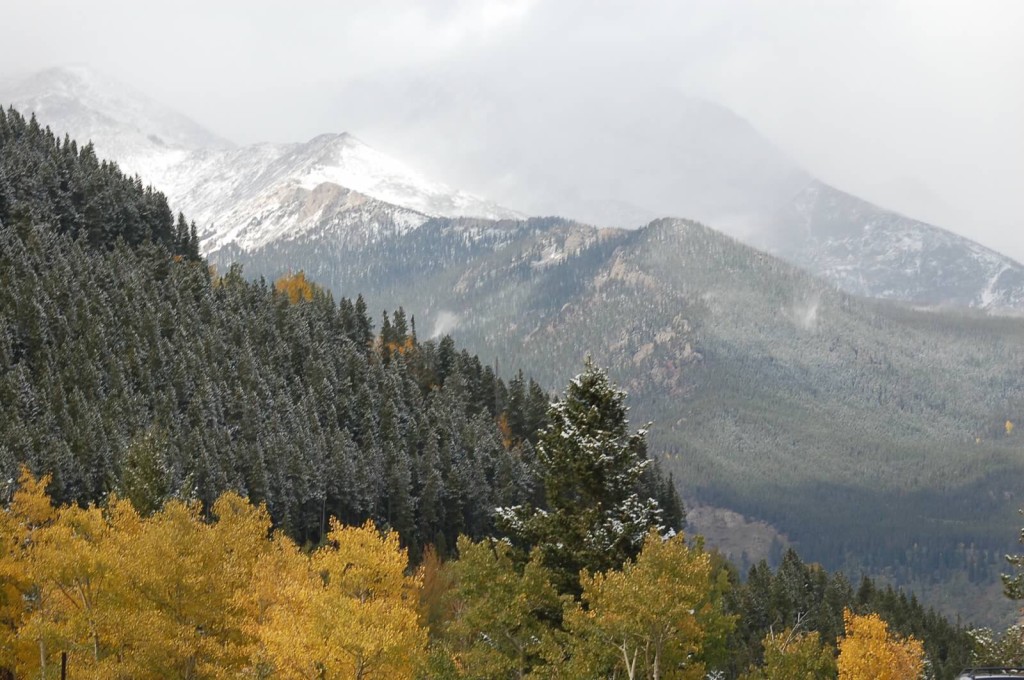
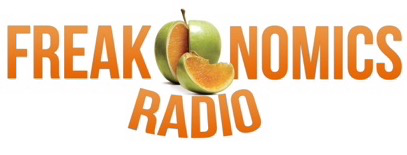

 Tribes, by Seth Godin, describes how significant change can be implemented by groups of people connected to each other by an idea, goal, or conviction. A tribe. The tribe doesn’t have to be co-located. It only needs something to believe in, a leader, and a place to connect. While reading, I was struck at how much Tribes applies to environmental professionals and this blog.
Tribes, by Seth Godin, describes how significant change can be implemented by groups of people connected to each other by an idea, goal, or conviction. A tribe. The tribe doesn’t have to be co-located. It only needs something to believe in, a leader, and a place to connect. While reading, I was struck at how much Tribes applies to environmental professionals and this blog. 
